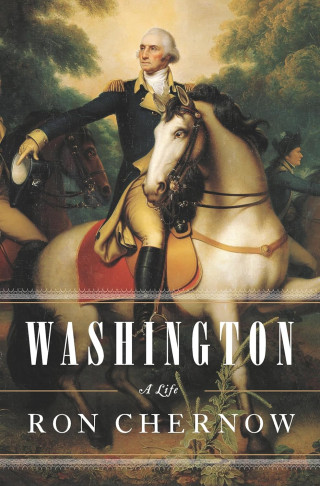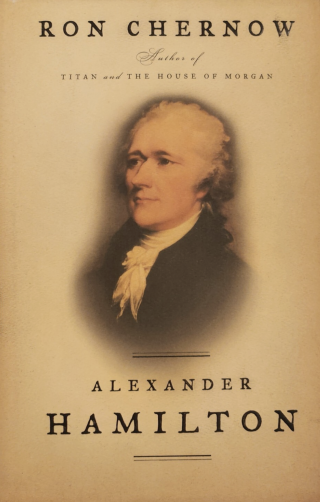I have nothing personal against Ron Chernow. I’m grateful that his work inspired Lin-Manuel Miranda to write Hamilton: An American Musical, which reinvigorated interest in the Founding era. I wrote as much to him early last year, not long after my biography of George Washington came out, afraid he would take the book as a provocation. As reviewers and readers noticed immediately, I take issue with how Chernow handles women and slavery in his own biography of the first president. In the introduction, I tally up the various problematic words he uses to describe Mary, Washington’s mother—26 of them, including “crusty” and “shrewish”—and try to set the record straight on family dramas he just plain invented. And I note that as hard as Chernow is on Mary, he is remarkably soft on Washington, a man who owned hundreds of people and did not free one during his lifetime.
Chernow never answered my email, and though several journalists told me they reached out to him for comment, he never responded to them, either. I thought that was his style, and I respected it. I was surprised, then, to see him go in a very different direction with Jessie Serfilippi, a 27-year-old part-time interpreter at the Schuyler Mansion State Historic Site in Albany, New York.
This past fall, Serfilippi published a paper that clearly hit a nerve. “‘As Odious and Immoral a Thing’: Alexander Hamilton’s Hidden History as an Enslaver” offers persuasive evidence that the first Secretary of the Treasury indeed owned Black people. This time, Chernow had comments for all the major outlets. In an email to the Times, he wrote that Serfilippi’s paper “seems to be a terrific research job that broadens our sense of Hamilton’s involvement in slavery in a number of ways,” at the same time dismissing her for focusing too much on slavery…in a paper explicitly about slavery. As he put it to Smithsonian Magazine, “There is, inevitably, some distortion of vision by viewing Hamilton’s large and varied life through this single lens.”
Chernow bemoaned Serfilippi’s “bald conclusions,” but never offered a defense of his own claims. In his biography, he writes that “the memories of his West Indian childhood left Hamilton with a settled antipathy to slavery.” In her paper, Serfilippi counters that “there is no indication, either in documents from Hamiton’s childhood or adulthood, that the horrors of slavery he witnessed on St. Croix turned him into an abolitionist.”
Did Chernow cite the missing documents? No. Instead, he told the Times that Serfilippi “omits all information that would contradict her conclusions.” This is false; in her paper, Serfilippi notes that there are documented instances in which Hamilton criticized slavery and that he was a member of the New-York Manumission Society, which advocated gradual emancipation. But Hamilton worked as a lawyer, and as Serfilippi points out, it’s hard to imagine that his pro-slavery clients, whom he advised on the issue, would have sought his services “if he were known among his peers as having only abolitionist leanings.” (George Washington privately claimed that he, too, favored “some plan adopted by the Legislature, by which slavery in this Country may be abolished by slow, sure and imperceptible degrees.” Yet when he lived in Philadelphia, a city that had such laws in place, he sought to work around them, and in Virginia, a state that allowed individuals to emancipate the people they enslaved, he made no move to; Washington didn’t free a single person during his lifetime, and he pursued those who fled bondage.)

